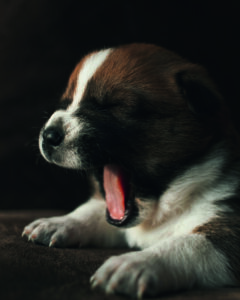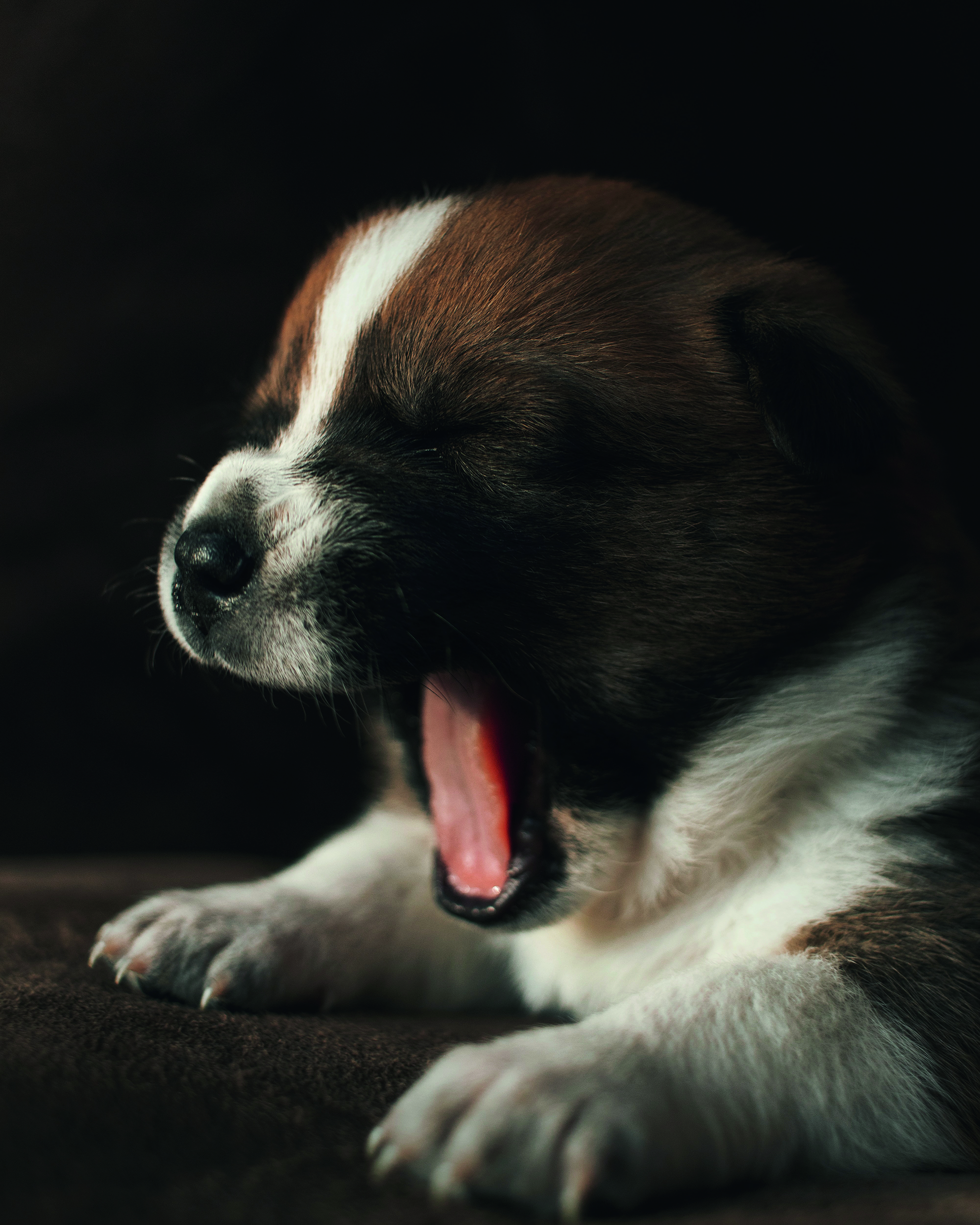 In the course of lockdown there has been an enormous increase in puppy ownership. Every other call I have had has been from a new owner who is worried and confused by puppy biting. They ask, is this normal? Surely it should not be this bad? Will I cope?
In the course of lockdown there has been an enormous increase in puppy ownership. Every other call I have had has been from a new owner who is worried and confused by puppy biting. They ask, is this normal? Surely it should not be this bad? Will I cope?
I want to reassure as many new owners as possible that, yes, biting is normal, and, yes, it hurts. The solution involves a consistent and systematic approach by everyone interacting with your puppy. There can be no half measures if you want to nip puppy biting in the bud.
Most pups will have had plenty of practice terrorising and roughing up litter mates. It is surprising how intense puppy play can be. Using needle sharp teeth, pups explore the limits of play and inadvertently hurt each other. Once a pup is hurt, he may snarl and retaliate but often as not he will simply remove himself for a while and the ‘biter’ loses his playmate. Each pup learns very quickly if I want to play with other puppies, I need to control how hard I bite them.
The new pup arrives home at 8 weeks. Teeth are the puppy equivalent of toddler hands, into anything and everything. The pup already finds ‘bitey’ play very exciting and with no litter mates in sight human hands, shuffling feet, and flappy clothes present a fabulous alternative- from the pup perspective anyway! So, puppy latches on and we humans, especially human children, wandering around in our summer shorts and bare feet, shriek and quickly move, flapping arms and legs to get the little gremlin off. Bingo, thinks the puppy, this is great, and he chomps down harder.
Some pups, especially those from working lines, can be especially bitey but it is also a matter of personality and rearing. Nonetheless, the approach is broadly similar. First of all, dress appropriately, your puppy will at some point bite feet or legs because movement triggers play biting.
1.The first strategy is to stop moving. Movement makes your limbs less enticing but wear sturdy clothing and shoes.
2. Make a noise like a ‘kissy-kissy’ sound. The aim is not to startle or chastise but to interrupt the biting. The idea is the pup learns this noise predicts a reward and turns to you, removing his teeth as he does. Immediately praise and redirect his attention onto a legitimate food chew or exciting toy. Praise when pup latches on to that. Repeat, repeat, repeat. It’s a good idea to practise making the noise, rewarding each time pup looks at you, before using it for play biting.
3. At the next stage, the ‘landshark’ may decide he prefers biting you to anything and won’t stop, even chasing you to continue. Having said your interruption word to no avail, immediately get up, leave the room and shut the door in pup’s face. Wait until he is silent and still (anything from seconds to a few minutes) and re-enter. If biting persists repeat, repeat, repeat.
4. A houseline may be necessary, so you can hold puppy away while you exit the room. Or instead temporarily tether the pup to stop access to you inside the room. Make sure the houseline is primed with taste deterrent first.
5. Always consider why your pup is biting. Is he too tired or over stimulated (a timeout/ rest with chew in a crate or pen should calm him). Is he hungry, does he need the toilet? Teething will amp up chewing, so ensure your pup has lots of options to ease itchy or sore gums.
None of this will disappear overnight, play biting goes in waves, ebbing and resurging as the pup develops. However, stick with the programme and you will succeed. Finally, be prepared for the realities of play biting, when your darling fur baby suddenly morphs into a little monster!
Leonie St Clair | www.londondogstraining.co.uk
This article first appeared in the July issue of SE21 magazine.

